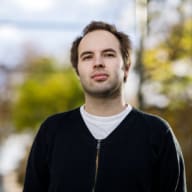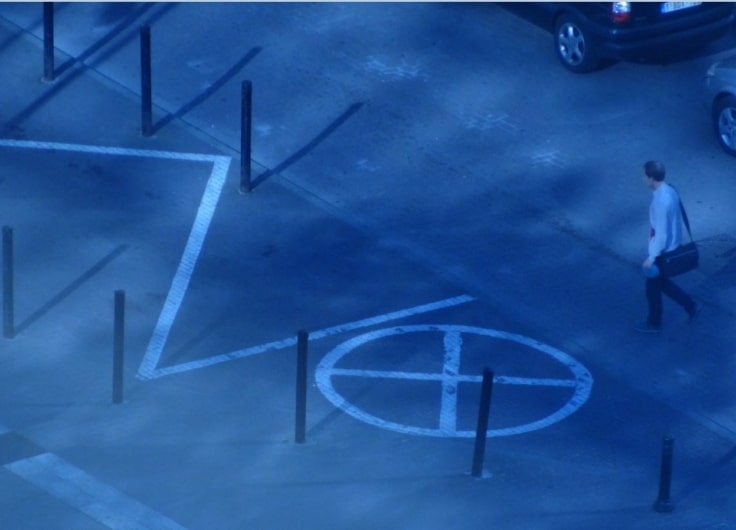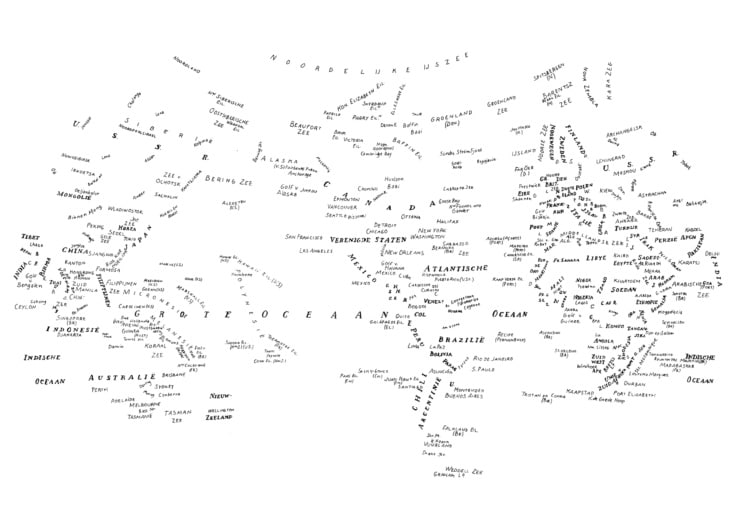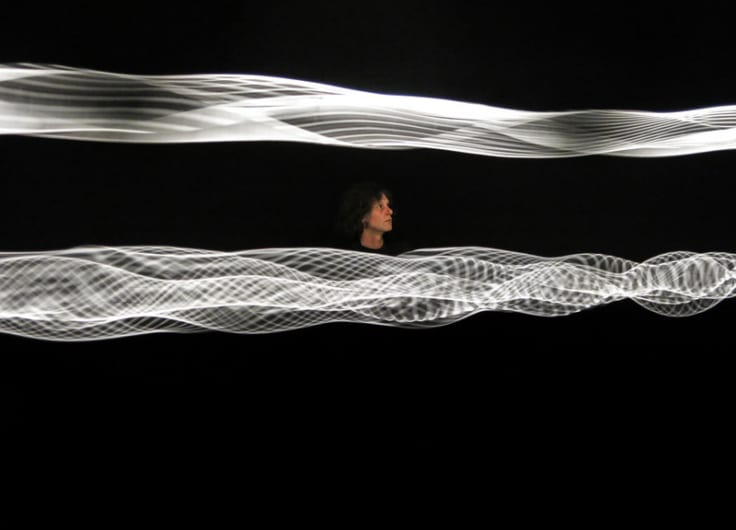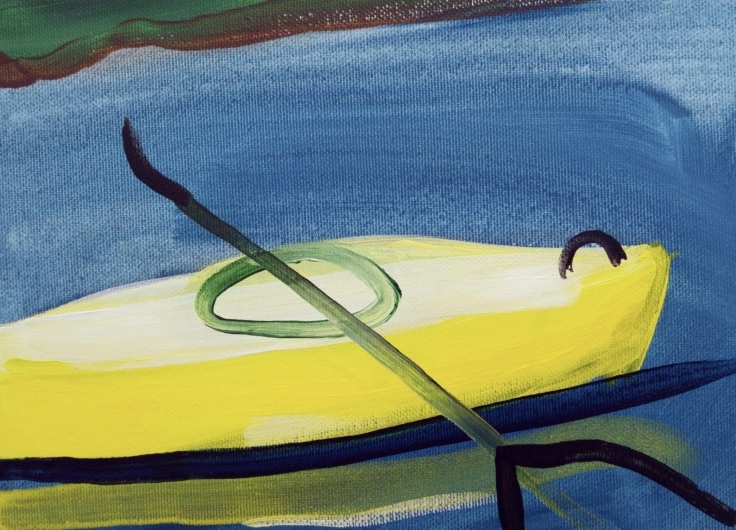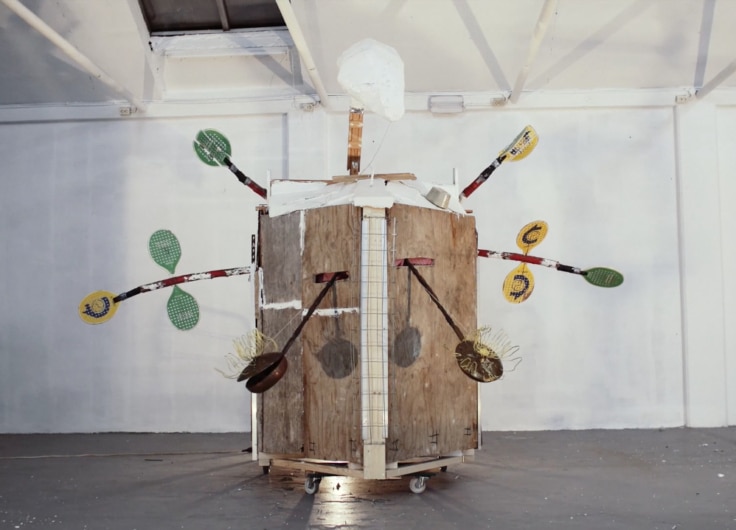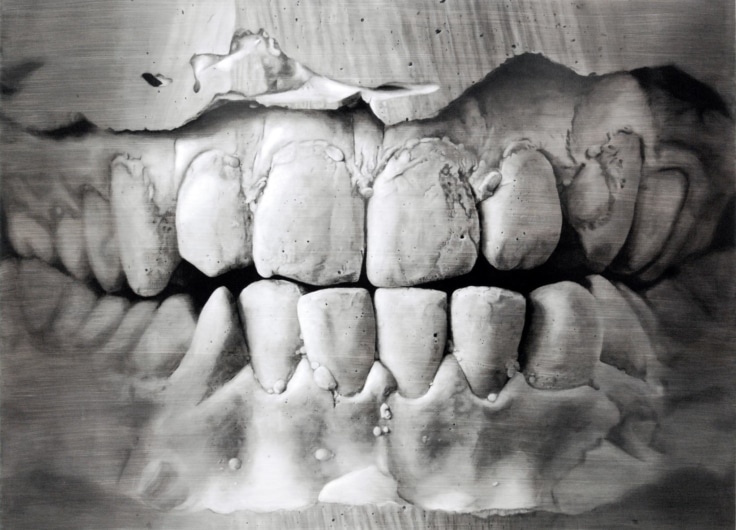Form Follows Function? For Artist Kevin Bauer It’s the Other Way Round
Kevin Bauer’s sculptures are all unique and simultaneously flirt with the uniform imagery of mass production and the concept of ready-made.
Every day we are surrounded by dozens, if not hundreds of objects: the screen on which you’re reading this article for example, and the chair you’re sitting on. In everyday life, we often forget that all of these objects were conceived by someone, and then made by human hands or industrially and mass-produced.
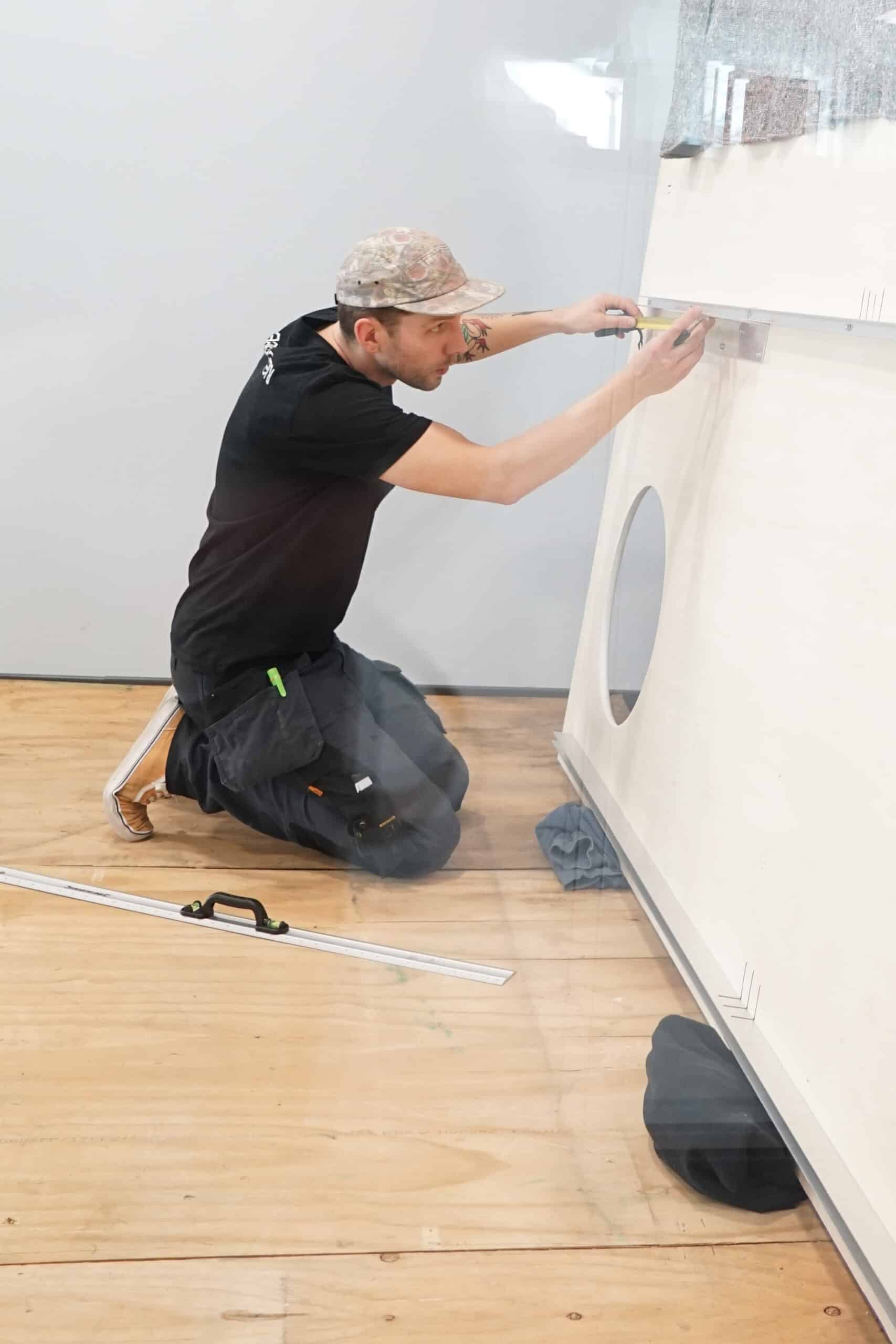 Kevin Bauer
Kevin Bauer© Lisa Sebestikova
Kevin Bauer regularly reflects on these kinds of objects and considers their shapes and details. For example, when he comes across a shelf with a specific edge, he wonders whether this has or could have a function, or whether it is purely decorative. His sculptures are closely connected to the visual language of everyday tools and utensils, design, and mass production – but never completely seamlessly.
Through doing this he is building a recognisable oeuvre in which one piece of art consciously or unconsciously triggers the next project, and in which the balance between applied and autonomous art turns out to be interestingly relative.
Design the other way round
According to the credo of design, form follows function. The outward appearance of an object can differ, but it is ultimately determined by one or more practical goals. Bauer actually turns this premise on its head: the function of his sculptures could be described as evoking associations, which are based on their appearance. Although the images are constantly reminiscent of utensils, you can’t use them. Sometimes the object deviates too much from practical use, or the constellation-like structure of the sculpture means that individual elements can’t fulfil any practical purpose.
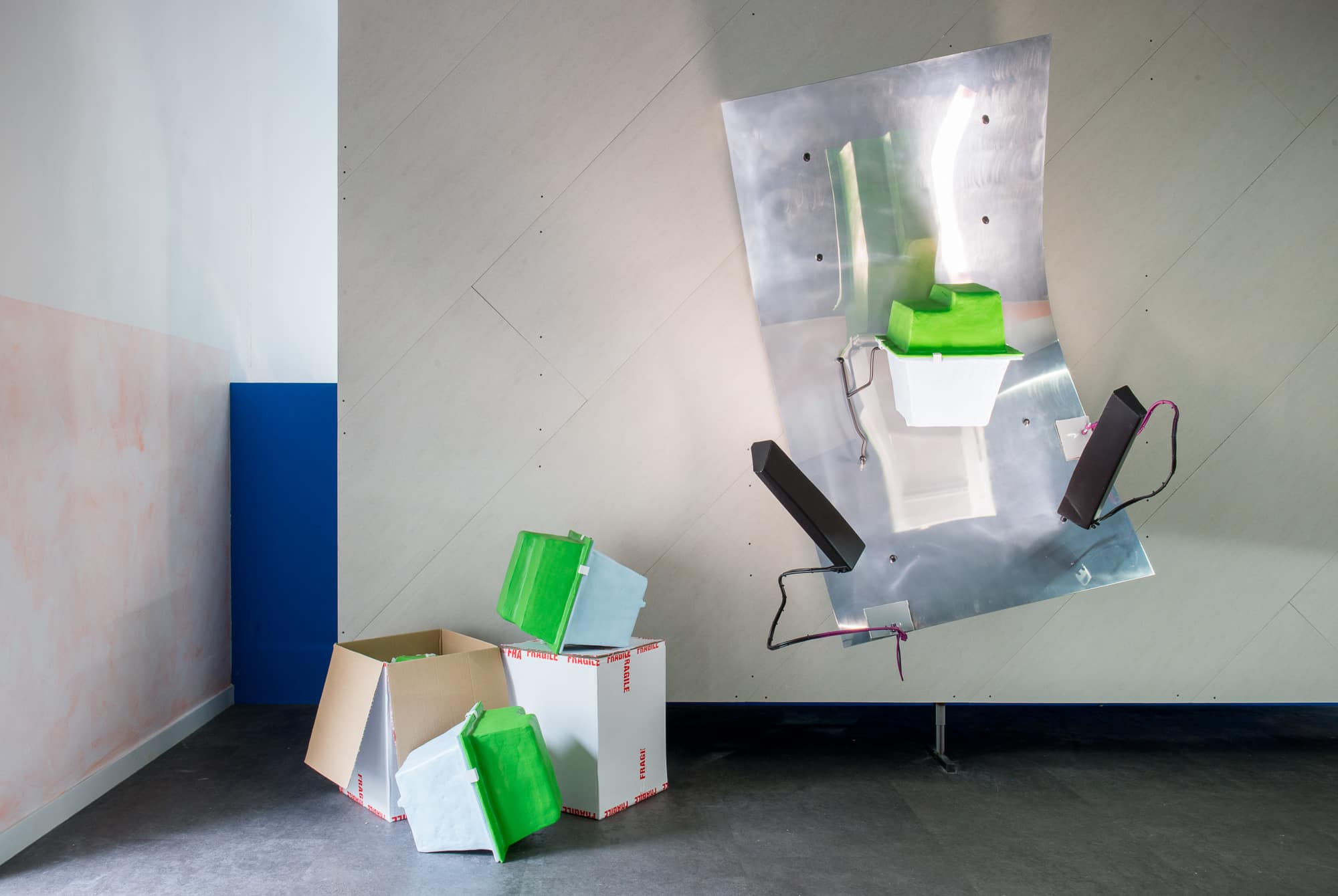 Blind Spot, 2018
Blind Spot, 2018© Kevin Bauer
This creates a kind of short circuit during the art experience; something isn’t right, putting the whole object – and the observation of it – under tension. A good example is the early sculpture Illuminated Cavities (2012), for which he used, among other things, the skeleton of a piano – an enormously heavy object. Because of this, he felt challenged to give it the appearance of being weightless, as if it barely touched the ground or leant on other supports.
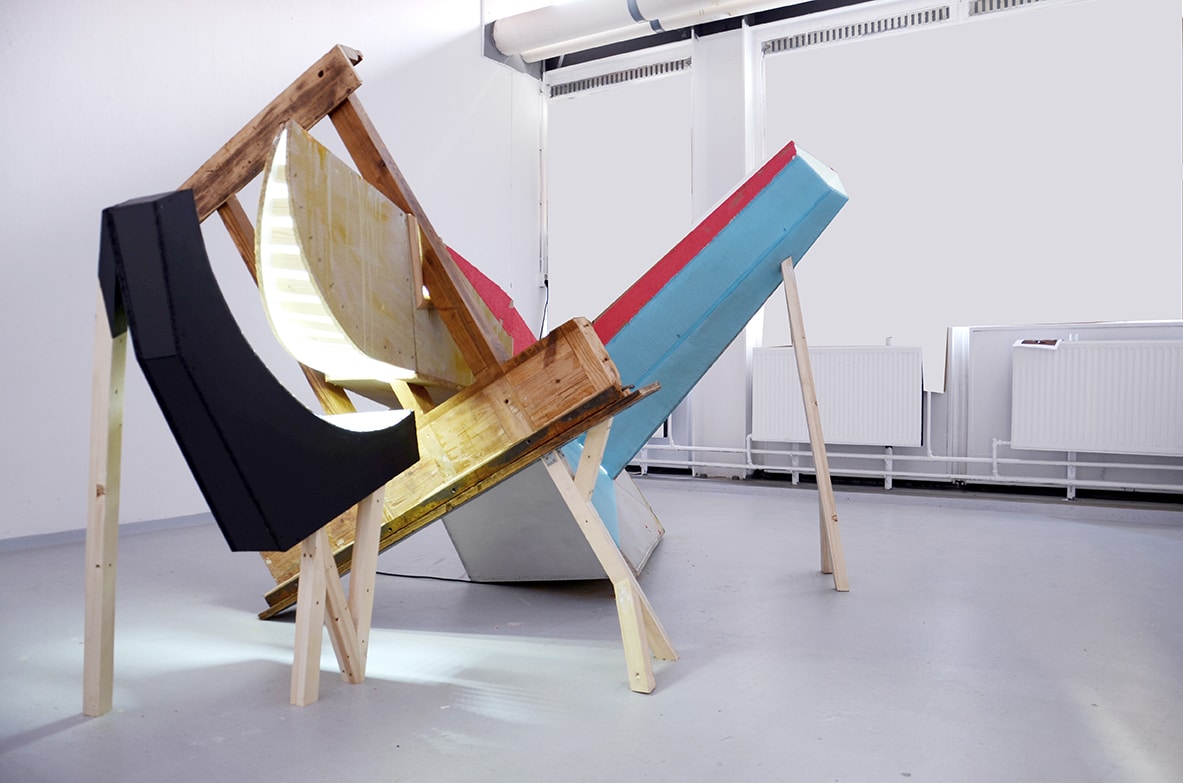 Illuminated Cavities, 2012
Illuminated Cavities, 2012© Kevin Bauer
Bauer admits that during art school it was difficult for him to get used to the idea that his work had no useful purpose. His initial studies were practical and marketing oriented. During that time, he produced commercial designs, devised communication strategies, and built stands.
When he told a friend about his plans to convert his bed into a kind of floating installation, she suggested that art school might be something for him. He visited her at the AKI, Academy of Arts & Design (Enschede). His first impression was that he had stumbled upon a sanctuary, full of dreadlocked, barefoot students, working with materials that seemed to have come out of the bin. He decided to register immediately.
After the first year, in which everyone was introduced to a wide range of media, he had to decide whether he wanted to go into a two- or three-dimensional field of study. Spatial work worried him, and in his own words, he sometimes lay awake at night because of the assignments he had to complete for his spatial module. Here there had to be something to discover.
Between art and craft
Bauer’s sculptures around that time were often based on geometric shapes. But in 2011, he was struggling with one particular work – a large, rectangular object. Out of frustration, he decided to cut it in half. The floorboards became a geometric cloud-like construction and above that, he placed a diagonal door, in which he had made a hole so that one could see through the entire work of art. This struck him. Deconstruction turned out to be a fresh impulse in his art: with a few interventions, he could inactivate familiar impressions.
He also began to use found objects more and more – such as part of his bed. He positioned these objects within his compositions in a way that betrays the influence of painting by the relationship between the shapes as well as the colours of the individual parts. His most recent ‘wall works’, such as Practicularity and Never a Dull Moment (2021), resemble paintings made of materials such as plywood, leatherette and putty. The shapes are partly detached from the background, which in itself also demands attention. In a ‘normal’ painting, the wood would have been completely painted. Here though, we look at transparent lacquered sheets that seem to have walked out of a hardware store.
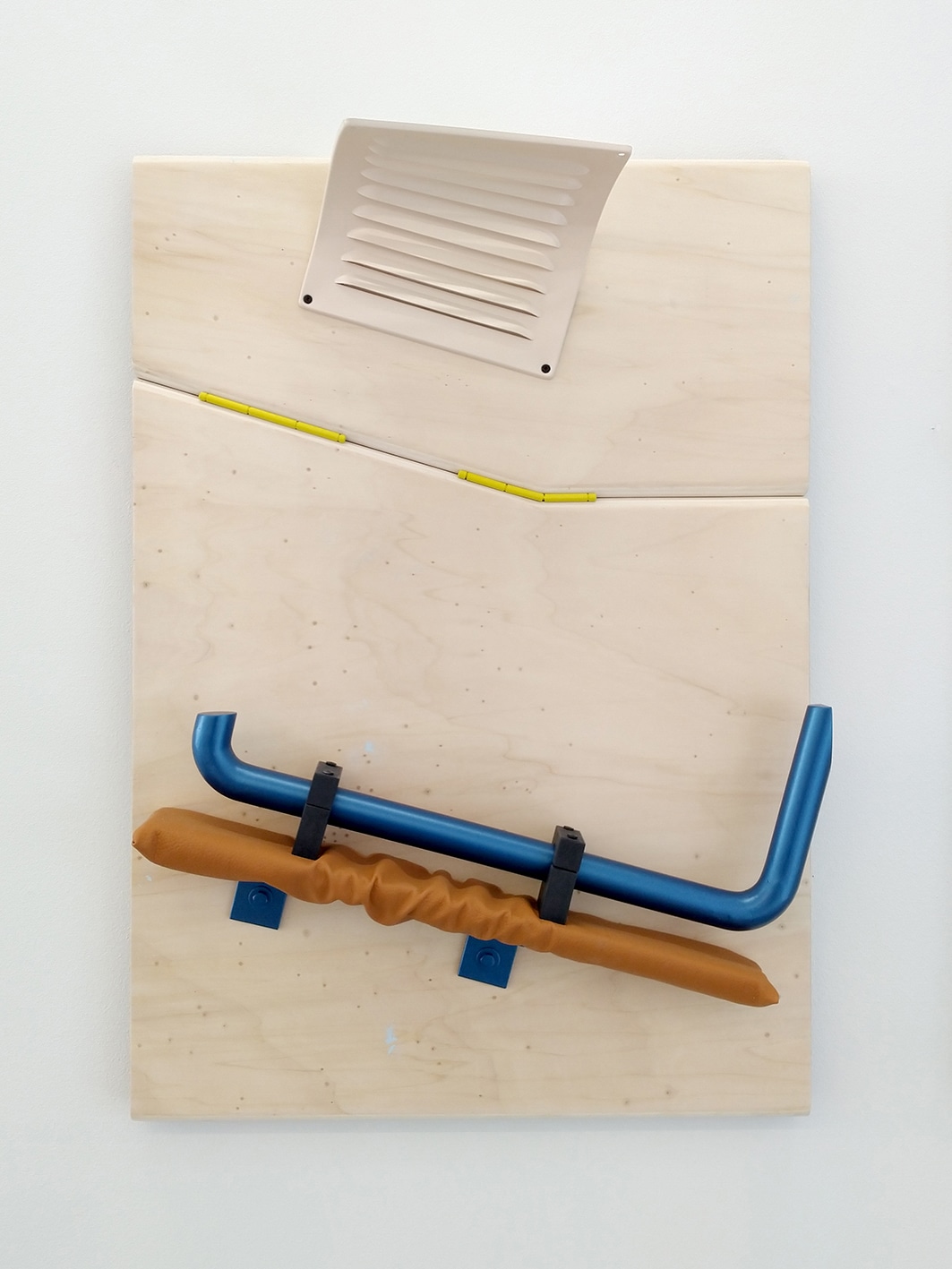
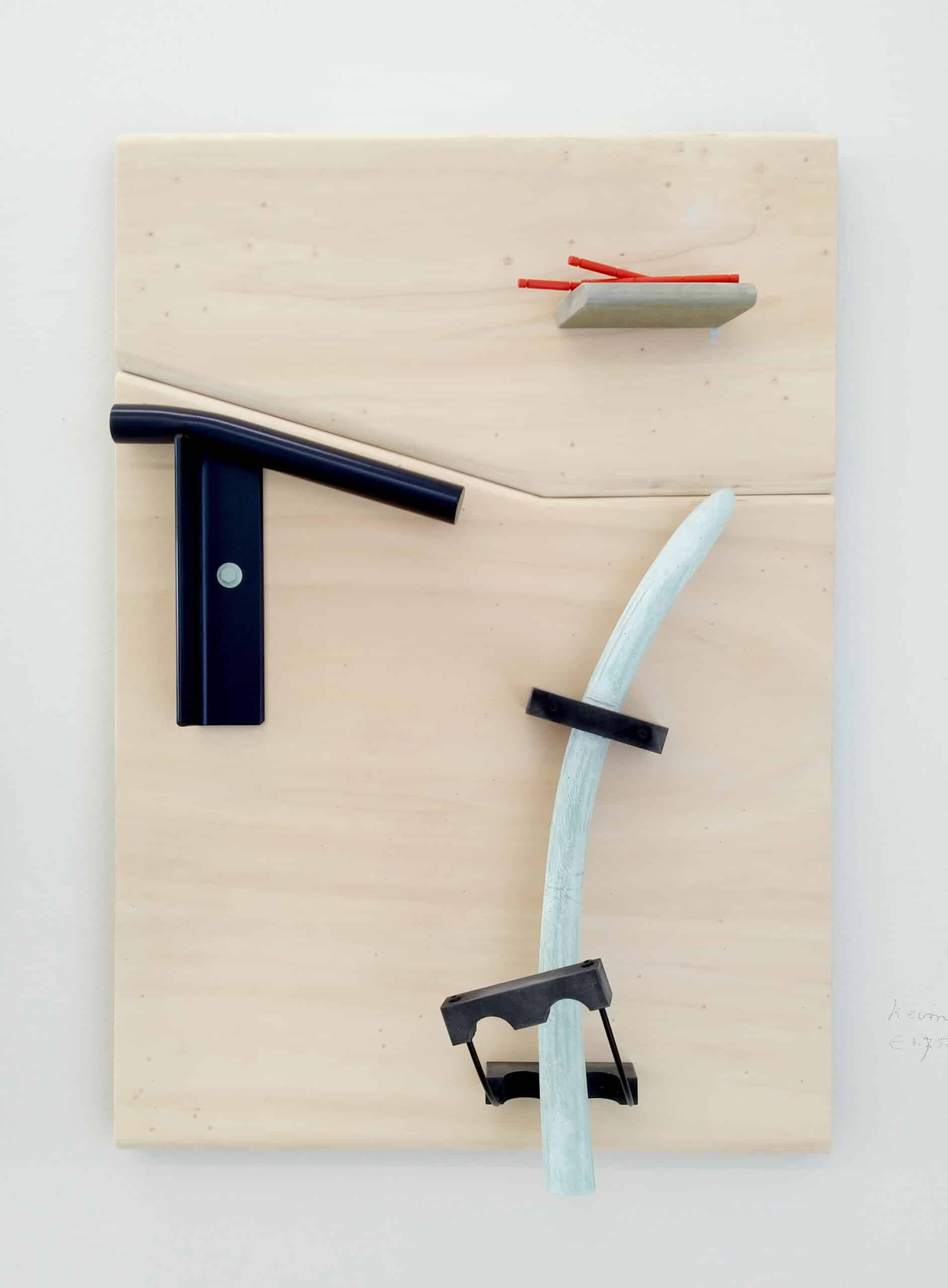 Practicularity and Never A Dull Moment, 2021
Practicularity and Never A Dull Moment, 2021© Kevin Bauer
In recent years something has shifted in the way Bauer approaches his visual language. Although his sculptures continue to look like collections of found objects, he now makes these objects himself. In doing this, he often takes a concrete example, such as a shelving unit (Labile, 2017) or a glass transport rack (The Journey, 2019). This shift in his creative process makes customisation possible, which also means that he can more consciously make deviations within his objects.
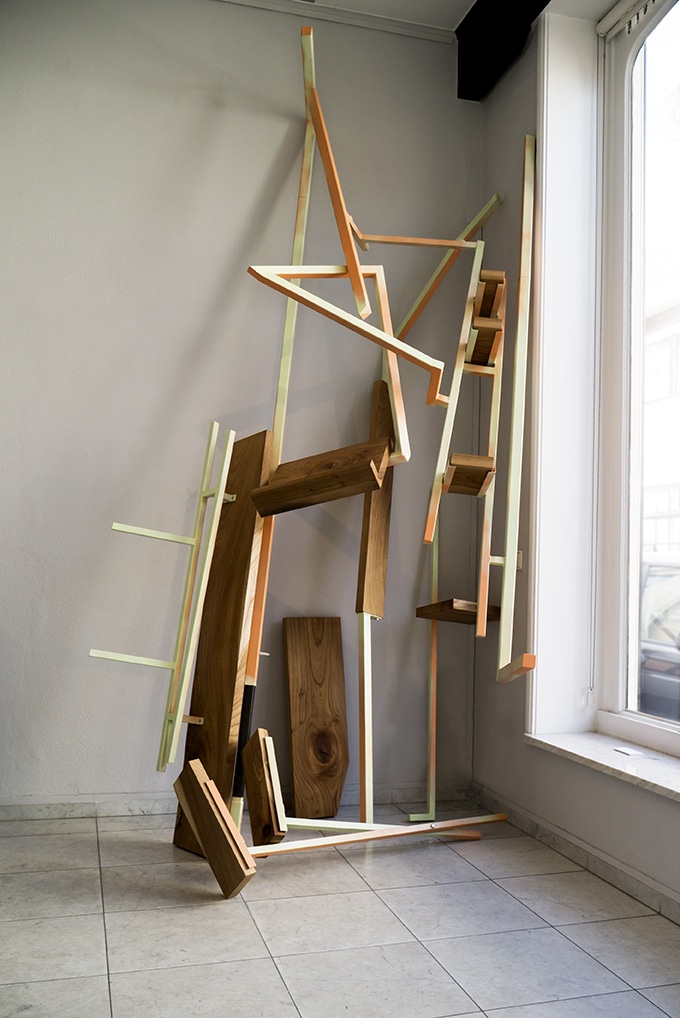 Labile, 2017
Labile, 2017© Kevin Bauer
He gives Et Ita Factum Est (2015) as an early example of this, a work grafted onto a ship. Several onlookers wondered if he had really used part of a ship’s bow to make it, but he would then point out the unusual curve within its form. This curve would never have been used ‘in real life’.
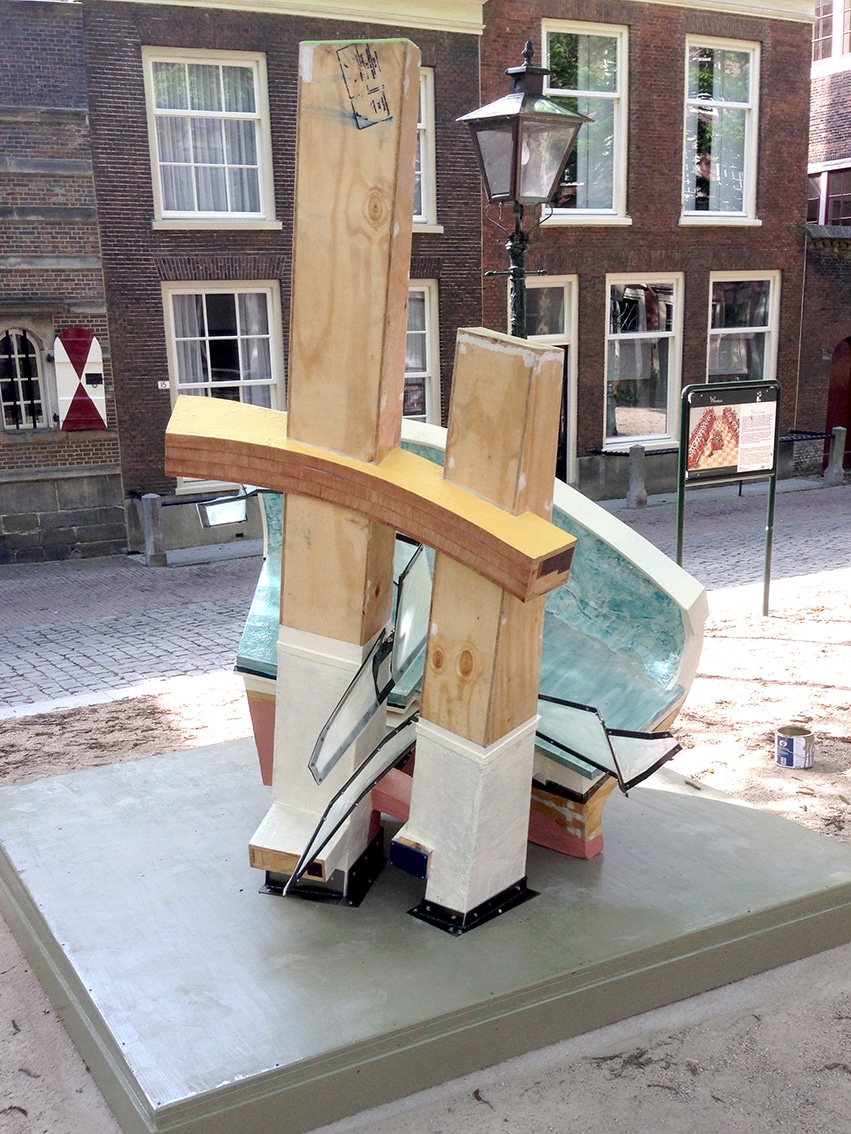 Et Ita Factum Est, 2015
Et Ita Factum Est, 2015© Kevin Bauer
A year later, a grant from the Mondriaan Fund provided an important stimulus within this area of his work. This subsidy allowed Bauer to purchase tools with which he could process and use his materials in a much more targeted way. As a result, his studio looks like a craftsman’s workshop: neat and tidy, no art books (they are at home), and instead a large tool wall and boxes containing milling cutters and saws.
The gallery as a showroom
Free-standing sculpture is by definition a medium that bends a space to its will. This has led to cross-pollination between sculpture and installation art among various artists, and this has also been the case for Bauer. With his first substantial solo exhibition, Vormaliteit (English: Formality) (April-July 2018, Concordia, Enschede), he created a large installation, in which many of the images were presented on the same kind of pedestal. In true Bauer-style, he was inspired by the round platforms found in showrooms. His compositions were positioned on these platforms as if they were washing machines or cars, presented as attractively as possible to lure consumers.
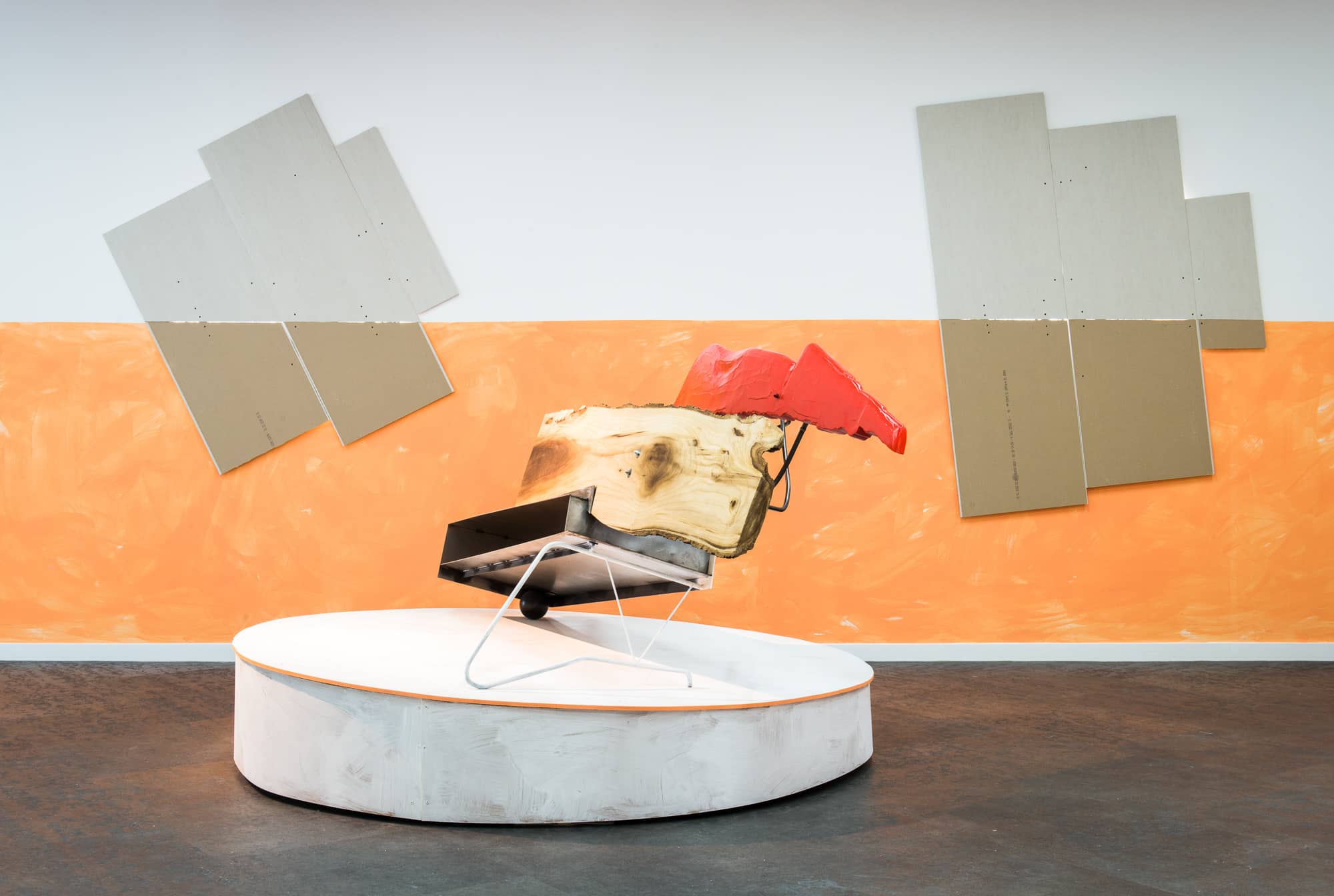 Onomatoeia, 2018
Onomatoeia, 2018© Kevin Bauer
But Bauer wouldn’t be Bauer if something wasn’t right here too: the platforms look rough and are completely uneven. This made the individual sculptures on their showroom platforms unique, especially in their details. At the same time, they were clearly flirting with the fairly uniform imagery of mass production – the tension of Bauer’s oeuvre in a nutshell.
Another field of tension, albeit more at a manufacturing level, is that between intuitive and systematic working. His most recent, also his largest project, with an area of approximately 250m², forced him to organise his process strictly. He made the somewhat post-apocalyptic looking Half Past History for the PaltzBiënnale 2021 (on display from 18 June to 18 July), hosted on an estate in Soest.
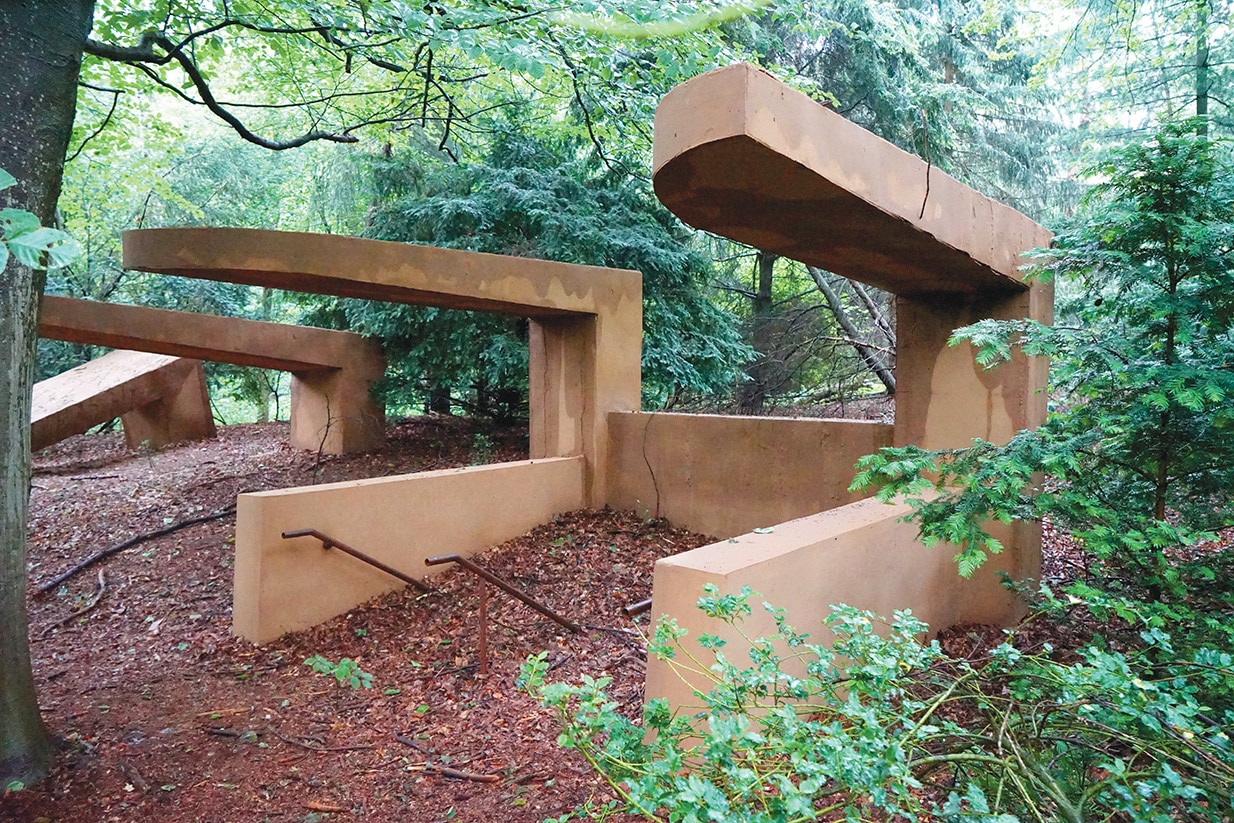 Half Past History, 2021
Half Past History, 2021© Kevin Bauer
Between the trees, he created forms that are difficult to define, but at the same time directly connect you with the concrete and the visual language of urban architecture. The project was even announced using the kind of billboards you see on new construction projects, which give a visual impression of what will be built in that location. Bauer has also positioned handrails next to his architectural elements, and some of these also stand alone in the woods – an obvious reference to an entrance, but one that ultimately leads nowhere. The actual city thus always remains out of reach; modernity has half sunk into nature as if nature has been winning the race for quite some time. The shapes are unmistakable, but the function has become a ghost that doesn’t leave you alone.
Art by Kevin Bauer can be seen until 6 May in Galerie Bart (Amsterdam), from 6 June in Anningahof (Zwolle) and from September 2022 in the gallery Utrecht Down Under.

